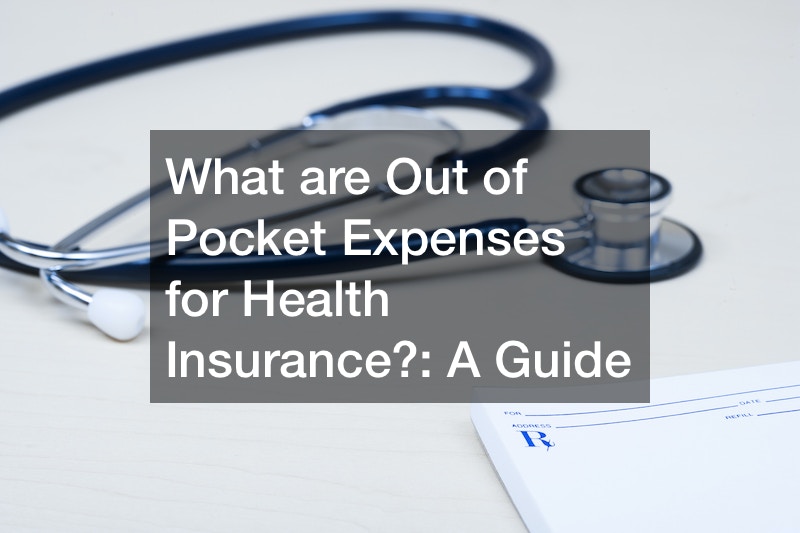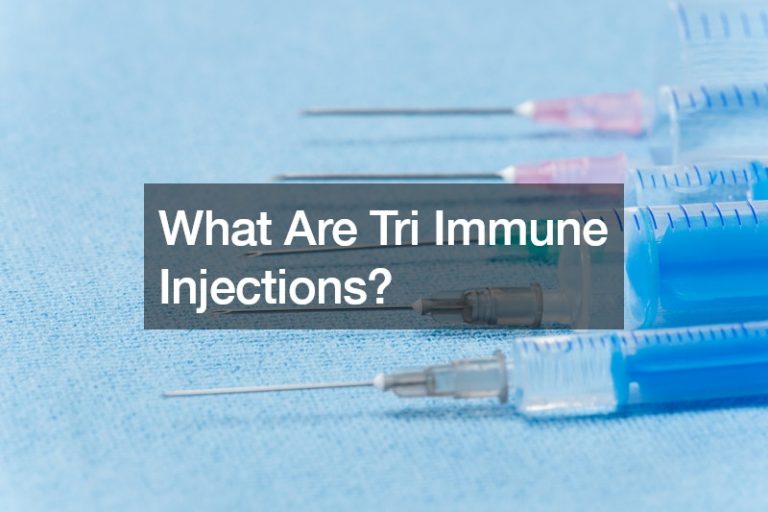

The expenditures of medical care that you must pay out-of-pocket, without the assistance of your insurance, are known as out-of-pocket charges. Your out-of-pocket costs for health insurance include your deductible, coinsurance, copays, and any services that are not included in your health plan’s benefits. The insurance provider also establishes an out-of-pocket maximum, or the most you will have to pay out-of-pocket for medical expenses.
What Are Out of Pocket Expenses for Health Insurance?
‘Out-of-pocket expenditures’ is a phrase you’ll often hear when looking for a health insurance plan. You will be responsible for covering these expenses on your own – with your own money — without the aid of insurance. Learn how to obtain inexpensive health insurance by reading on.
The sort of metal tier group your plan belongs to determines how much cost-sharing you are paying. However, every plan must partially cover each of the ten basic health benefits. When you hit your deductible or out-of-pocket maximum, your insurance provider will begin to partially or fully cover your medical bills. This can happen if you pay enough out-of-pocket costs. These two crucial components of a health plan will be covered later.
Premiums

If you have health insurance, you must pay a premium each month to maintain your coverage. Usually, the first expense you incur to keep your health insurance is the monthly fee. If you have a low income, you might be eligible for a subsidy to lower your monthly premium, but you’ll still have to pay for the lower premium out of pocket.
What Are Out of Pocket Expenses for Health Insurance? A premium is an up-front cost of purchasing insurance protection and can be paid in one single payment or throughout the policy in installments. Your insurance coverage will be immediately canceled if you don’t pay your premium when it’s due. Your insurance policy could be reinstated if you pay the unpaid sum within a specific time, depending on your insurance provider.
Copays
Copayments are set fees for a medical service that is covered. For instance, you might have to pay a small copay for a preventative care appointment with your primary care physician or a specialist. Plans and providers will affect copay prices and what they cover.
Copayment, which should not be confused with coinsurance, is the fixed cost you incur each time you use a medical service. Depending on the policy, copay amounts can range from $25 to less. For instance, your insurance policy might stipulate that, up to a certain coverage maximum, you must pay $25 for a doctor’s visit and $10 for each prescription.
Medicines on Prescription

What Are Out of Pocket Expenses for Health Insurance? Depending on your health plan, different prescription medications are covered. However, most insurance policies do not fully cover the cost of medicines. There can be a copay for some plans.
Your doctor might give you a prescription for medicine. You’ll have to pay the retail price of the medication out of pocket if you don’t have health insurance or if your plan doesn’t cover prescriptions. If you have health insurance, the policy likely has pre-negotiated prices for any prescription drugs you buy from particular pharmacies.
Your obligation to meet your deductible affects how much you pay for medicines. Even if the yearly deductible has already been completed, some health insurance plans let members buy generic medications at a reduced price. Others demand that you pay your deductible in full before any prescription coverage kicks in.
Deductible
What Are Out of Pocket Expenses for Health Insurance? Your deductible will be satisfied if you have made a set amount of out-of-pocket payments. You must spend a certain amount before your insurance begins to pay for covered services. Your yearly health plan deductible may range from $500 to several thousand dollars if you’re an individual. If a plan has a higher deductible, your out-of-pocket costs can increase.
Not all out-of-pocket costs contribute to the insurance deductible, too. For instance, neither copays nor monthly premiums will normally assist you in meeting the deductible. You will be responsible for paying the expenses if you have a $1,000 deductible and require $500 worth of surgery. These expenses will be deducted from the deductible.
The deductible is the sum of money you must fork over before your insurance company starts to cover your medical costs. For instance, if you select a plan with a $1,000 deductible, the initial $1,000 of your medical expenses will be your responsibility. Your insurance provider will start to cover all eligible costs after your deductible has been met.
Coinsurance
What Are Out of Pocket Expenses for Health Insurance? Even after you’ve reached your deductible and your insurance begins to pay for medical expenses, it might not fully cover everything. You can be required to contribute a portion of the cost if you need a medical procedure like for breast reduction or getting a hearing aid.
This cost-sharing arrangement is known as coinsurance. In a typical coinsurance arrangement, you can be required to pay 20% while the insurance company covers the other 80%. To confirm your coinsurance percentage, check your insurance policy as these rates vary from plan to plan.
Additional Health Coverage
What Are Out of Pocket Expenses for Health Insurance? Health demands that aren’t always covered by your primary health insurance plan may need you to pay more for supplemental health insurance. This can include coverage for more serious medical concerns and dental and vision care.
If you are having any work done in your home or office, ensure your electrician is well insured to protect you from any unforeseen costs in the event of an injury. As all your questionable concerns if you are still wondering what are out of pocket expenses for health insurance?
Health Insurance Options

What Are Out of Pocket Expenses for Health Insurance? Your out-of-pocket costs will change depending on the type of health insurance you choose. HMO lowers costs but has no coverage outside of the network. Additionally, you’ll have to pay to see your family physician only to acquire a recommendation to see your specialist.
With PPO, more expensive premiums, although some coverage is offered outside the network. There is no need for a referral to see your specialist. For EPOs it combines the benefits of HMOs and PPOs by allowing no-referral specialist visits but no out-of-network coverage.
After that, your insurance will decide whether or not to reimburse any of the expenses. You will be liable for the whole cost of that service if they decide they won’t pay for it or if you fail to send them a letter. This is true especially if you have suffered an accident and have to call a towing company or mechanic to move your car.
Out-Of-Pocket Expenses For Uninsured Services
What Are Out of Pocket Expenses for Health Insurance? Your possible out-of-pocket costs may vary significantly due to the wide variety of health plans. The following common costs may not be deducted from your deductible or be covered by cash from your health savings account (HSA) or flexible spending account (FSA).
Examples are such as; hair restoration procedures or transplants, over-the-counter supplements that are not on a doctor’s order, animal hospital, the removal of hair for aesthetic reasons, funeral flowers, non-prescription medications bought without a doctor’s prescription over-the-counter, and reproductive medicine and contraceptives.
It’s advisable to check your insurance plan before obtaining any non-emergency healthcare services or buying a non-emergency healthcare item. This will assist you in figuring out which costs are eligible for reimbursement or to count toward your annual deductible. Here is further information on the services often not covered by insurance.
Calculating Your Overall Out-Of-Pocket Expenses
What Are Out of Pocket Expenses for Health Insurance? It’s hard to forecast your out-of-pocket costs with 100% accuracy because you can’t be sure if or how frequently you’ll need medical care. But that doesn’t exclude you from creating a simple budget.
Begin by carrying out the following: Step one, calculate your monthly premium payment amount. To get the annual sum, multiply that amount by 12. Step two, decide how much you must spend toward your yearly deductible.
Step three, determine your normal annual out-of-pocket expenses for prescription drugs. Step four, add up these three expenses and compare them to the maximum out-of-pocket amounts allowed by your plan.
Since you don’t know how many visits to the doctor you’ll need to make, this estimate excludes copays and coinsurance. The amount of out-of-pocket spending you might incur per year and whether you’ll reach your annual maximum limit can be estimated using this simple budgeting strategy.
Additionally, this estimate excludes the expected yearly cost of out-of-pocket expenses that are not covered by insurance policies or are ineligible for reimbursement under your annual maximum out-of-pocket allowance. Speak with your plan’s customer care team or benefits administrator to better understand what is and isn’t covered by your plan.
Paying For Personal Expenditures
What Are Out of Pocket Expenses for Health Insurance? Never postpone getting treatment or medical care because you’re worried about expensive out-of-pocket costs. There are numerous ways to cover out-of-pocket expenses. For starters, depending on the payment methods the service provider accepts, you can pay at the time of service using cash, a check, or a credit card.
Alternatively, use HSA or FSA money if the expense is eligible. According to the IRS, many medical costs may be paid with money from an HSA or FSA. These include various OTC medications, vaccinations, and even tampons and bandages.
You may also create a payment schedule to make weekly, monthly, or other periodic payments (if the supplier permits). Lastly, if you have filed for bankruptcy, you can request financial aid from nonprofit groups that assist with medical costs.
Max. Out-Of-Pocket
What Are Out of Pocket Expenses for Health Insurance? This is the greatest amount in dollars you are required to pay for costs covered by your insurance policy, deductibles and coinsurance included. Once this sum has been reached, all your eligible medical expenses will be paid in full. These maximums often range from $1,000 for a person to $11,000 for a family.
This out-of-pocket maximum is probably never something you would encounter, but it can be useful as a safety net. You can see how it is easy to end up paying a significant amount of money on your own even though health insurance is meant to help you afford the expense of medical care.
The government has established a limit on how much people can spend on their own throughout a calendar year if they have health insurance to prevent this and offer more inexpensive care. In 2019, the out-of-pocket maximum for individuals was $7,900, and for families, it is $15,800.
If you’re an individual or part of a family, the health insurance provider cannot make you pay more than $7,900 or $15,800, respectively. These nationally required limits are far below those of many health plans. For individual and family plans, the out-of-pocket maximum has increased to $8,200 and $16,400, respectively, for 2020. Find out when your open enrollment period begins.
Understand the out-of-pocket maximum and how it can help you reduce your medical expenses. In general, premiums are higher for plans with smaller out-of-pocket maximums. This is valid for both health insurance marketplace plans and employee health service offered by your employer. However, group insurance through your company will always be less expensive than a marketplace plan.
Health Insurance Out-of-Pocket Costs Being Reduced

What Are Out of Pocket Expenses for Health Insurance? No matter which insurance plan you choose, you cannot entirely escape these extra expenses. However, there are a few strategies to lower your payment. Here are some helpful hints for cutting health insurance out-of-pocket expenses.
Based on you location, if you purchase coverage in a Tier 3 city, co-pays may be required for treatments in Tier 2 or Tier 1 cities. Confirm that your health insurance policy covers treatment especially through your bankruptcy attorney who can plead your case.
Be careful to read the terms and conditions. Before choosing a healthcare plan, go over the Terms and Conditions. Check to see whether there are any co-pays or deductibles. Check the sub-limits of particular therapies as well as extras such as funeral flowers. You will have to pay less out of pocket the higher the cap.
It’s always a good idea to check with your insurer before having a planned operation, even if you’ve read the terms and restrictions. Check to see if the hospital you are being admitted to is a part of the network and if your insurance will cover the procedure. In this manner, you can decide without being surprised by unexpected expense increases.
Consider some additional ways to save. If you go to the OPD, you will have to pay a significant amount of the expenditures for doctor visits and prescription drugs. Because of this, you ought to choose a plan that provides discounts on items, providing you with more opportunities to save.
If the cost of health insurance and all that it entails seems like something you won’t always be guaranteed to afford, there are alternative plans that can help. Healthcare sharing ministries like Jericho Share may be the solution you’re looking for! These ministries are comprised of a community of people sharing the same belief system, who help each other cover healthcare costs. If this sounds like something you would be interested in learning more about, don’t hesitate to reach out!
The lesson
The precise out-of-pocket expenses you’ll incur each year are difficult to estimate. You may count and budget better by using the advice provided in this book, preventing unpleasant surprises like significant out-of-pocket expenses. Recognize your coverage, calculate the cost, and establish a spending plan


